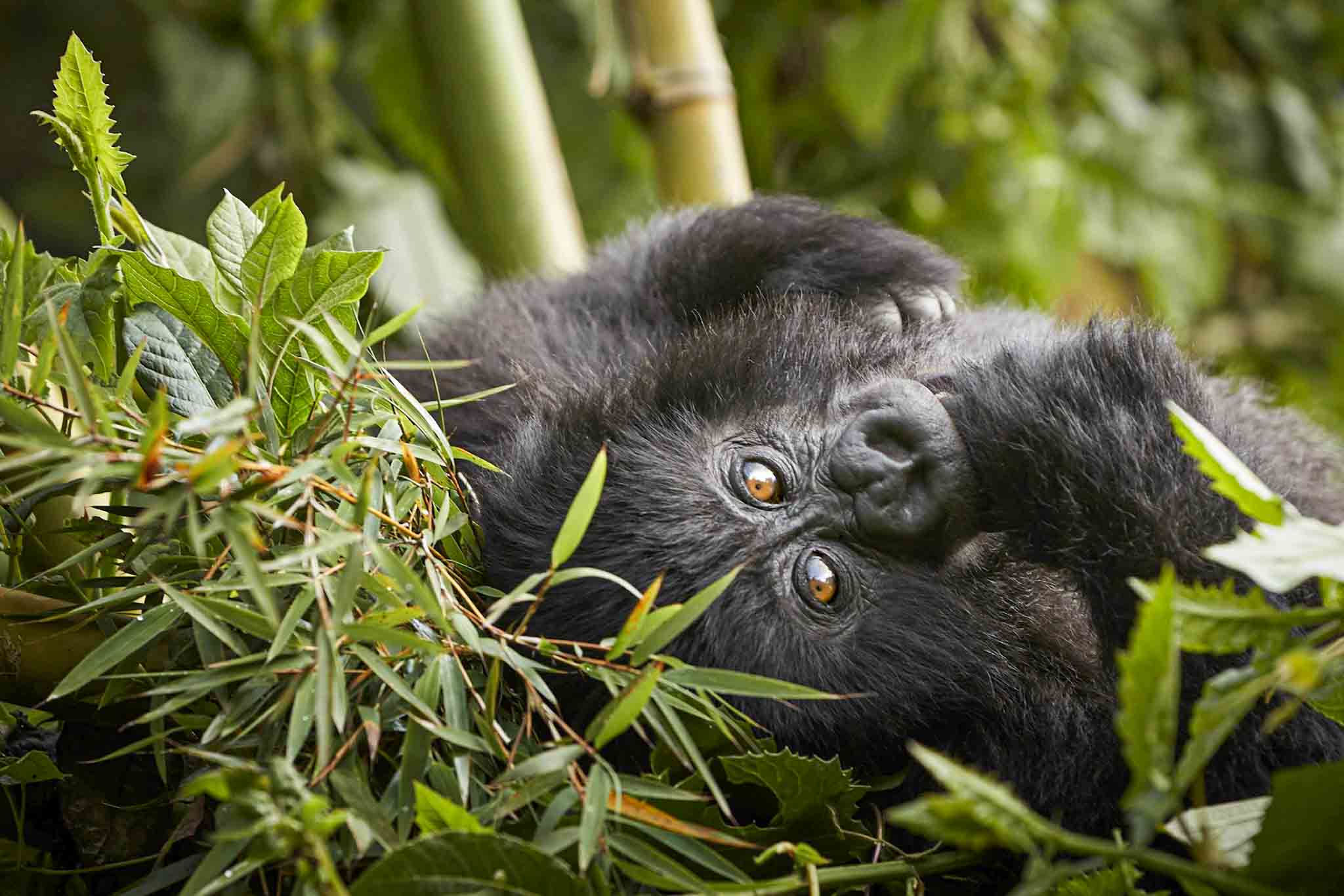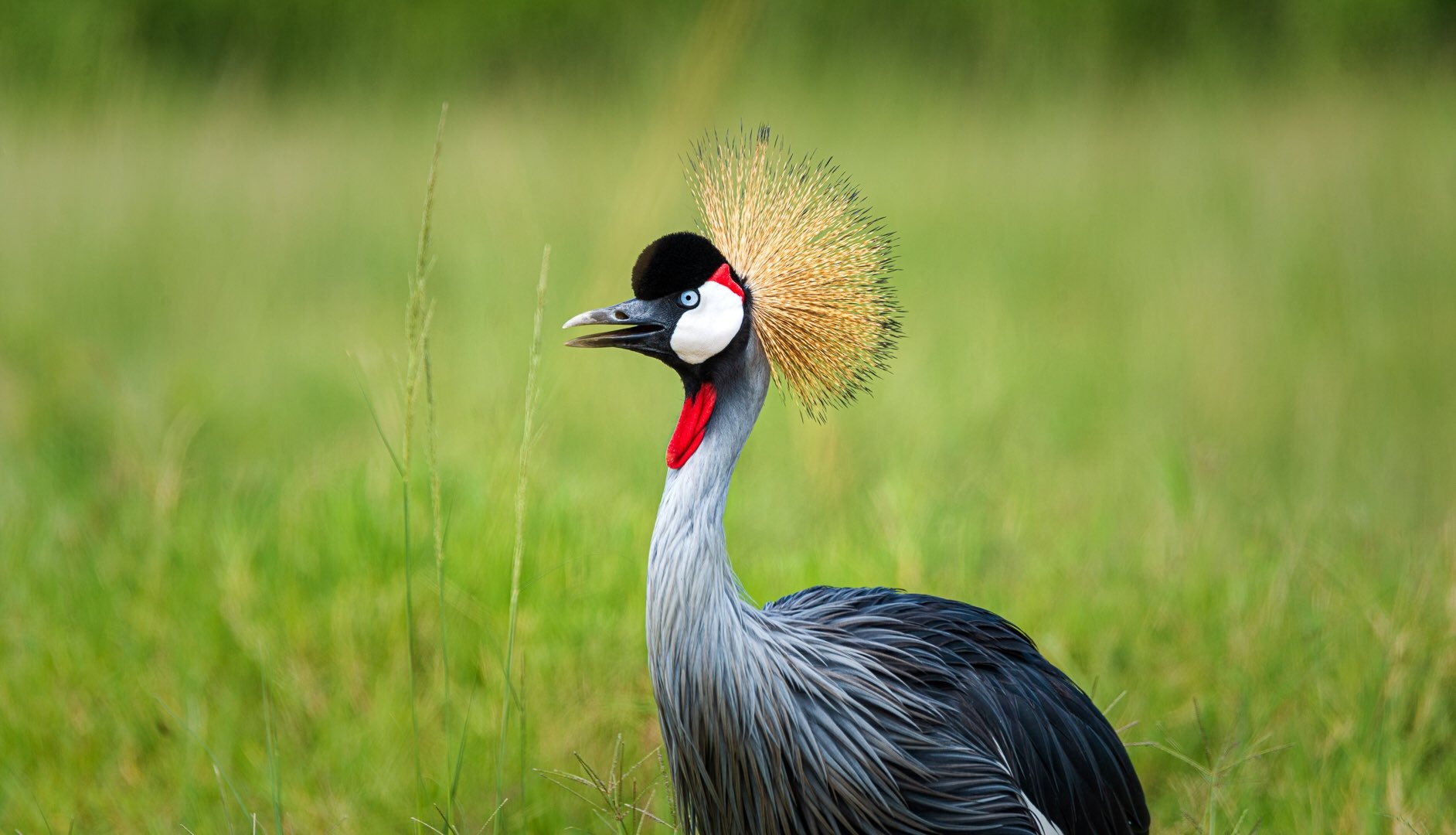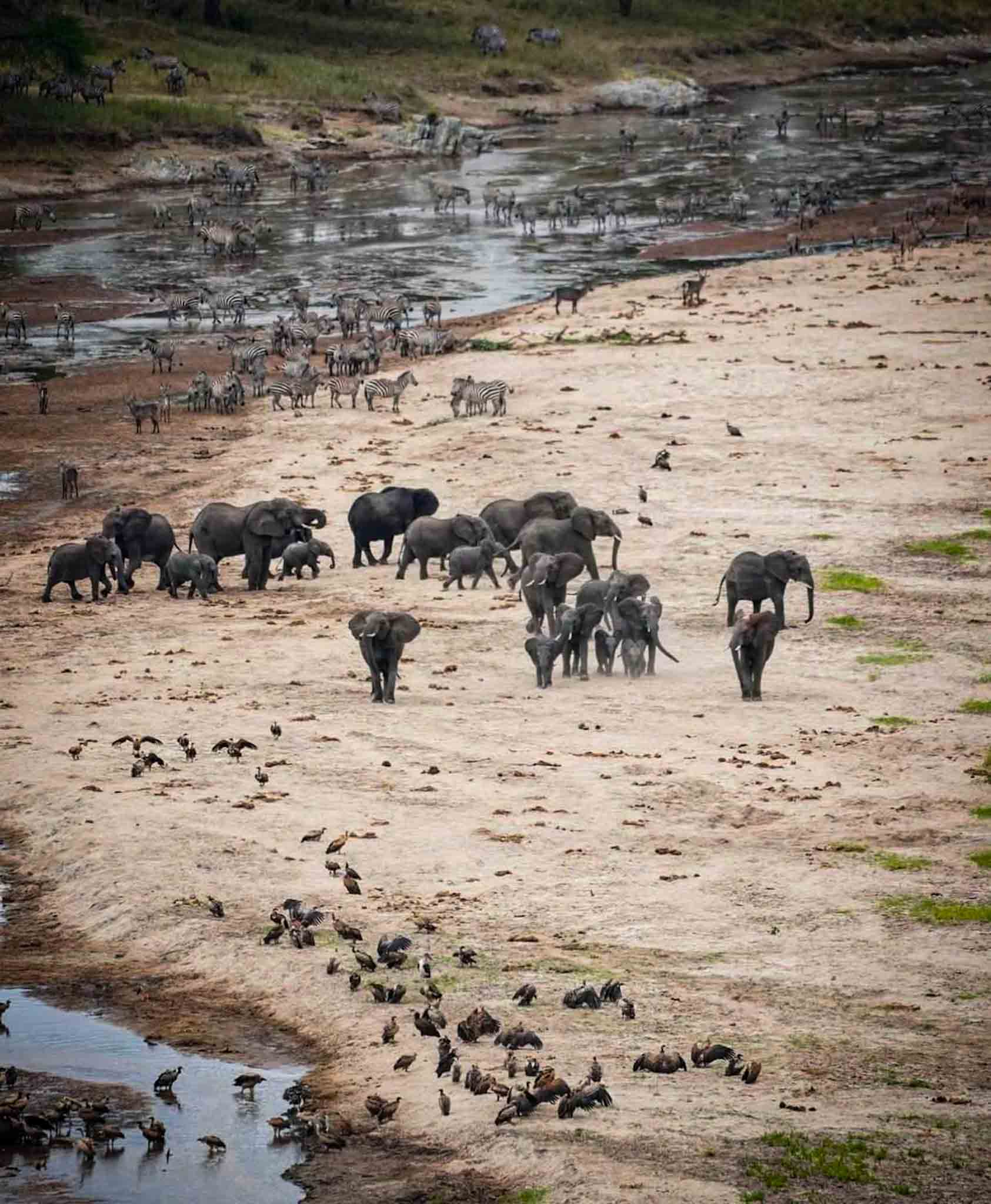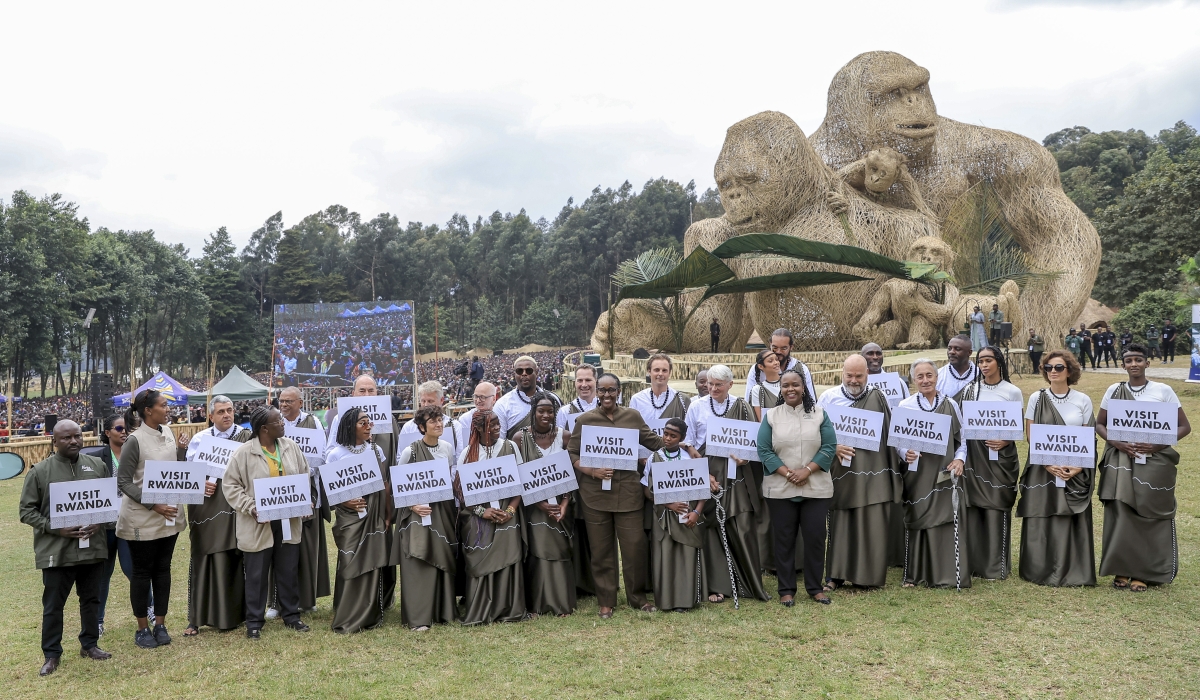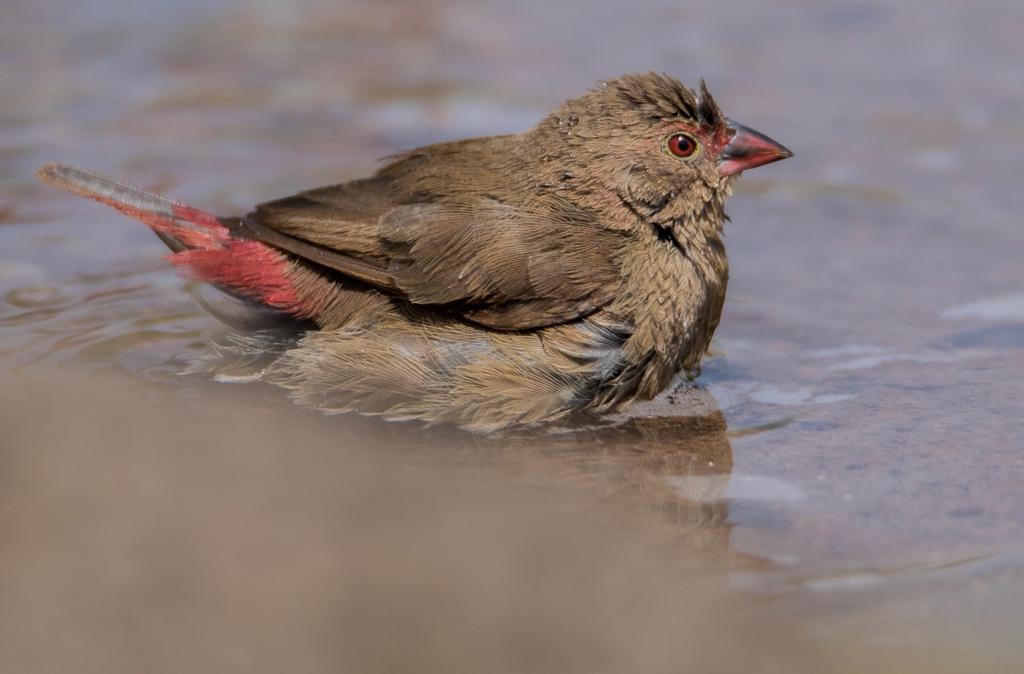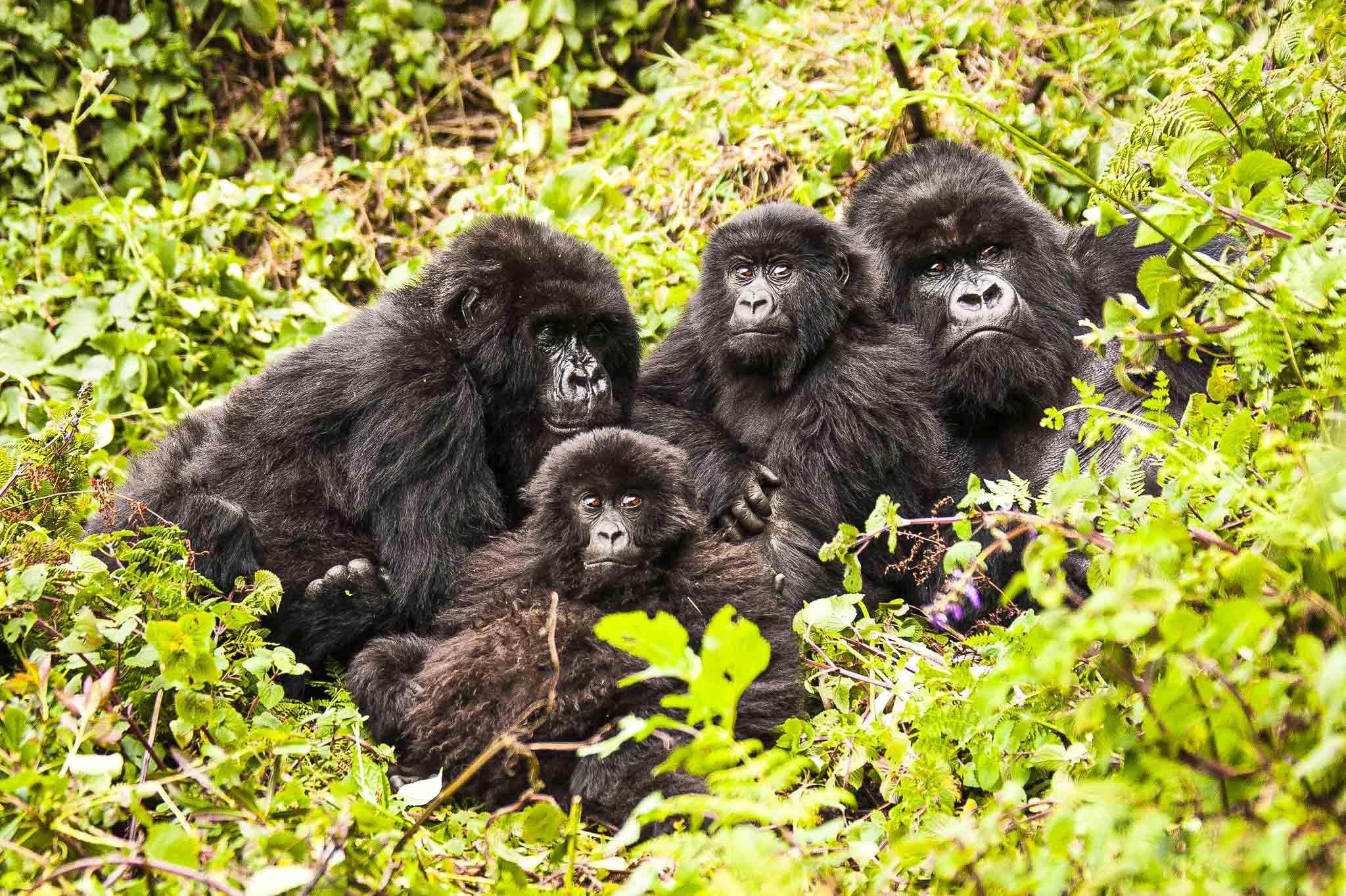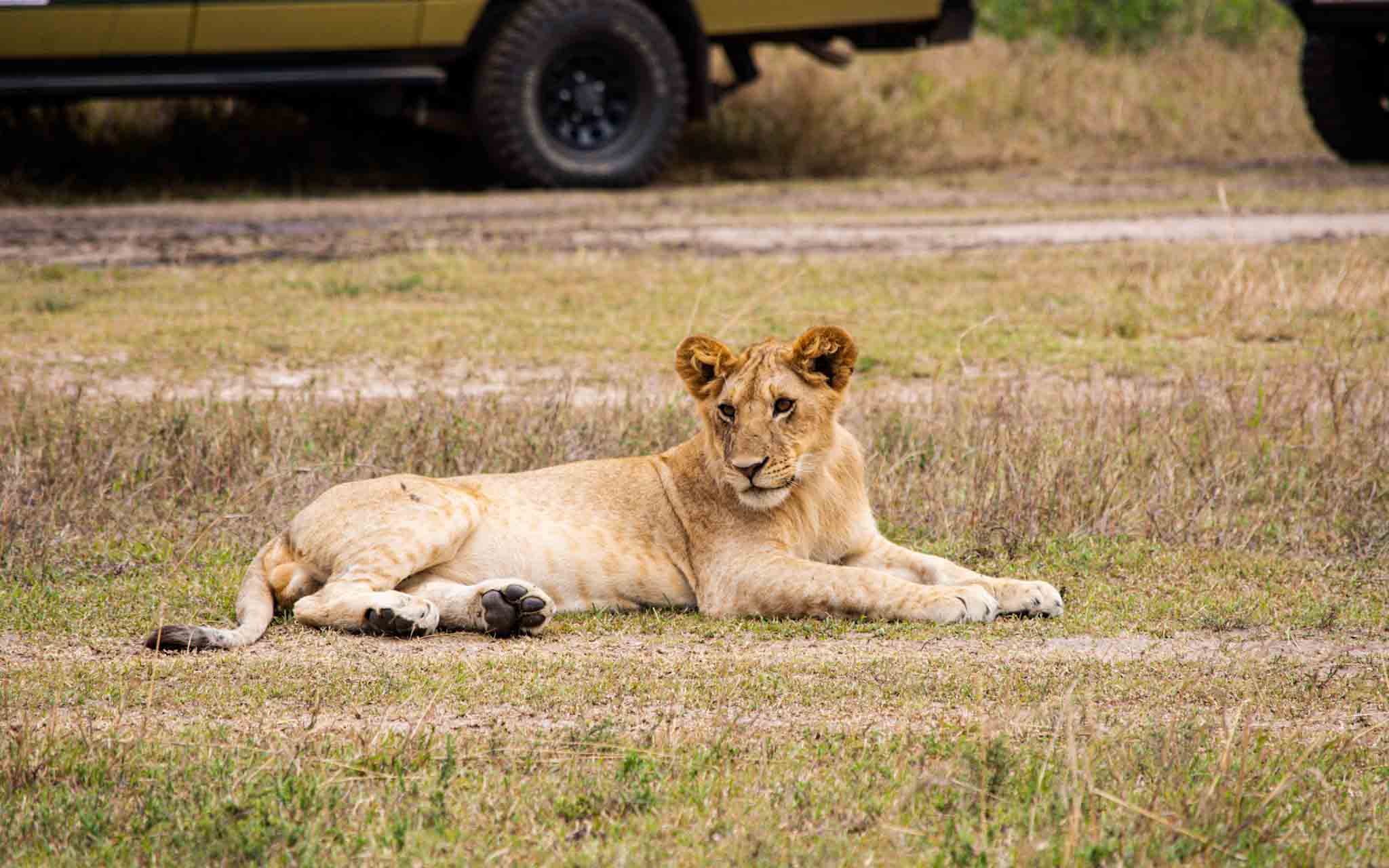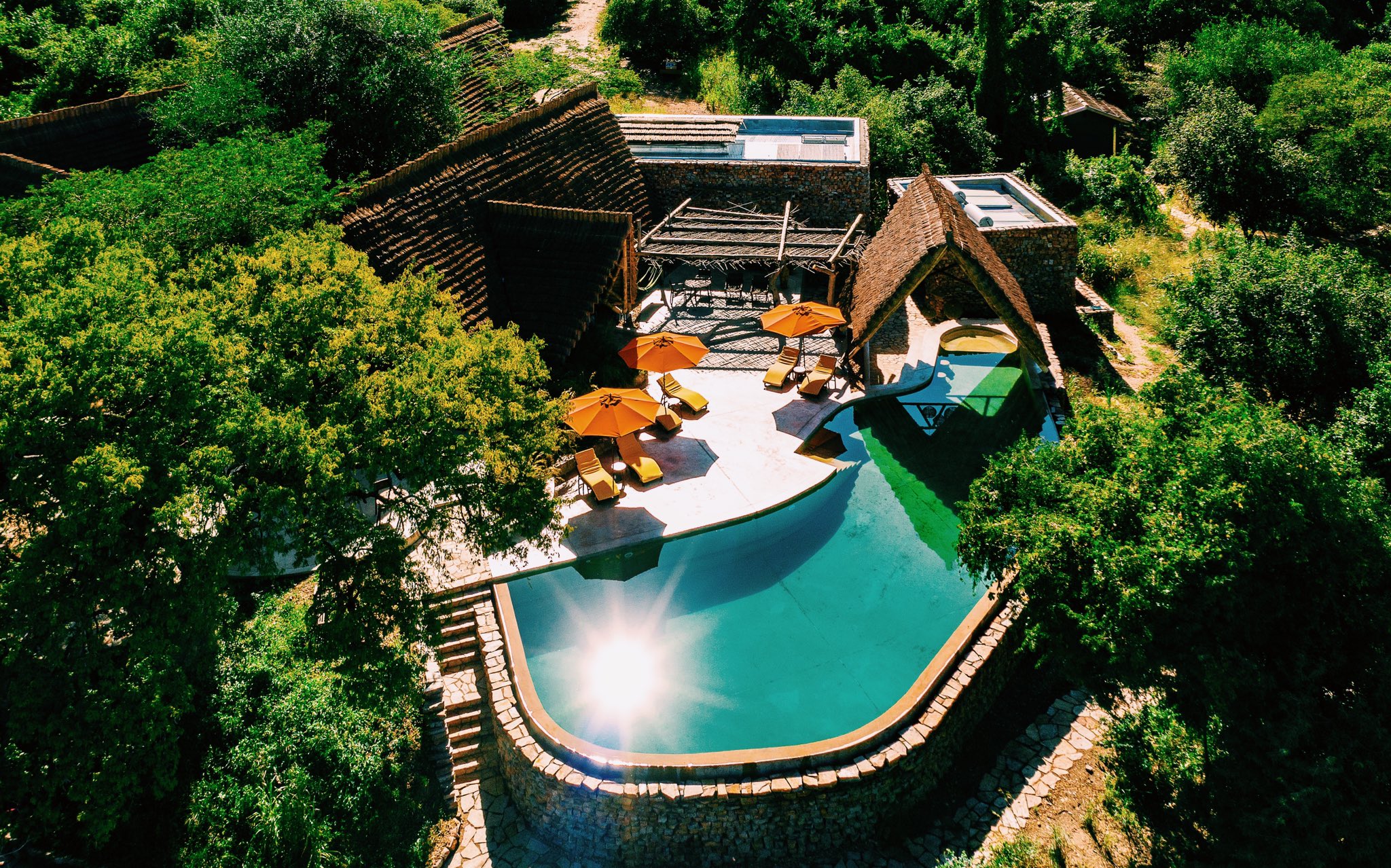Conservancies And Attractions In The Masai Mara National Reserve
The Masai Mara National Reserve contains several notable natural and wildlife attractions that provide a wider and more epic experience,
Masai Mara national reserve
is one of Masai Mara's most popular and beautiful sites/attractions. The Masai Mara Popular Ecosystem, which encompasses the Serengeti and Masai Mara Ecosystems, was developed in 2005 through collaboration between 172 Maasai landowners and Porini Safari Camp. The unspoiled scenery on the other side, with its more varied terrain and undulating hills, is one of Masai Mara's most popular visitor attractions. It is dominated by marshes and rivers, not to mention the Mara River, which runs through both parks and serves as a border. It is the largest wildlife sanctuary in the Masai Mara, owned and administered by the local Maasai tribal community, with more animals, including big cats such as lions and leopards. It is located in the Koiyaki Lemek District and is around 17,500 acres in size, bordered to the west by Naboisho and to the east by Sian. In February and March, while the reserve is still sparsely vegetated, the Ol Kinyei Nature Reserve is advantageously positioned to visually view wildebeest migration from the Loita Plain to the reserve.
Lemek Conservancy
is located in the game reserve's northern part and covers roughly 19,000 acres. After more land owners and stakeholders joined the tourism business, the name Lemek Conservancy was changed to Lemek Group Ranch. Even though the exact extent of the land is unknown, the conservancy's size has been reduced to an estimated 19,000 acres. The Koyaiki Group Ranch took over the Lemek Group Ranch after the area was originally owned by Masaai local people. A major difficulty is balancing the requirements of residents with the conservation and preservation of wildlife habitats. The conservancy benefits from this. The Conservancy has an advantage in that it may be done all year in open grassland with a few dotted trees that flank the Mara River and attract big cats such as leopards, which prefer to be on trees. There are a lot of animals during the Great Migration of the Wildebeest. The Conservancy offers game drives, nature walks, cultural tours, and community tours. Lemek Conservancy provides mostly budget accommodation with over 80 rooms built by two member accommodations; Mara River Lodge and Enkerende Tented Camp. When it comes to accessibility, Lemek Conservancy is the most easily accessible, requiring only 4 hours to arrive from Nairobi, with 75% of the road being smooth and well-tarmacked and providing superb scenic vistas while driving. The conservancy can also be reached by plane, with the nearest airstrip located in Mara North or Ngerende airstrip, both of which have daily scheduled flights from Wilson airport in Nairobi.
The mara triangle
The Mara triangle is significantly less congested, with discoveries made throughout the Mara River, which acts as a natural boundary, isolating it from the rest of the Maasai Mara National Reserve. The Mara triangle, in the heart of Masai Mara’s attractions, is easily accessible by way of domestic flights because it has two airfields, Serena airstrip and Kichwa Tembo airstrip, with aircraft operating daily. The conservancy encompasses 510 km2 and is defined by the Oloololo Escarpment. It was established in 1994 but faced numerous poaching and management challenges until around 200,000 when other neighboring leaders joined to improve management.
The triangle’s location favored more animals traveling within the Mara Triangle, while the Mara River served as a natural fence, preventing animals from crossing to the other side of the reserve. Its scenic attractiveness is distinct from the rest of the Masai Mara due to its diverse landscape of rivers, streams, marshes, and volcanic features. The Mara Triangle is privileged to host some of Masai Mara’s most spectacular views and attractions, such as wildebeest migrations. This is because it has become one of the Maasai Mara’s richest places, where the most adventurous game drives take place. Become. The area also contains some of the most exquisite lodgings, including Mara Serena Lodge, Mara Enkipai Safari Camp, and Mara Serena Safari Camp.
The Mara North Conservancy
The Mara North Conservancy (MNC) is the largest protected area in the Masai Mara National Reserve, and it includes many Masai Mara landmarks and sights that are near the Mara and reserve. The hills provide a suitable, cold, and safe setting for nesting cubs, establishing a vast Mara ecosystem in the northwest of the leopard's territory, commonly referred to as Leopard's Den. trained in hill caves before being released into the wild. The Mara North Conservancy was founded in 2009 with the cooperation of 12 main strong member shelters and over 800 local Maasai clans. The Mara North, a beautiful destination in the Masai Mara National Reserve, provides travelers with a wilderness adventure exploring the Kenyan countryside
The Conservancy is home to both migratory and permanent species, including the Big Five, which includes rhinos, elephants, lions, and buffalo. Leopard. Antelopes, zebras, wildebeests, hyenas, and wild dogs are among the other animals. The Mara North Conservancy hosts thousands of local wildebeest during their migration across the Leuta Hills from December to May. The funds raised from park admission fees and sleeping allowances are utilized to protect and implement conservation aims by encouraging wildlife and the Maasai people. There are numerous lodging alternatives in Mara North, including Mala Lianta Camp, Offbeat Mala Camp, Karen Blixen Camp, Elephant Pepper Camp, Ngare serian, Mara Acacia Bush House, Royal Mara Safari Lodge, Sarni Wild, Ngare serian, and serian. The Mara North Conservancy and all of its Maasai Mara features and attractions are conveniently accessible.
Mara Naibosho Conservancy
Mara Naboisho Conservancy, located in the southwestern section of the Masai Mara National Reserve, with Olare Orok to the west and Ol Kinyei to the east, occupies approximately 50,000 acres of land, making it the second largest conservancy in the region after Mara North. Naboisho, which means "coming together" in the adjacent Masai language, was founded in 2010 with the cooperation of 425 Maasai landowners and conservationists. The Mara Naboisho Conservancy is well-known for its large pride of lions, with an anticipated number of one hundred lions gifted within the conservancy, as well as a large number of heads of elephants, wildebeest, giraffes, serval cats, aardwolves, caracals, and others, not to mention an ideal revel in for birders who can see here.
is well-known for its large pride of lions, with an anticipated number of one hundred lions gifted within the conservancy, as well as a large number of heads of elephants, wildebeest, giraffes, Serval Cat, Aardwolf, Caracal, and others, not forgetting proper revel in for birders, who can see rarely seen hen species like White-headed Buffalo weaver, Bush Pipit, Pigmy Falcon, The Naboisho Conservancy is the most recent in the Maasai Mara region. The Mara Naboisho Conservancy is the secondary path of the Loita Migration, wherein large herds of zebras and wildebeest move from Loita Hills to the Mara North Conservancy and eventually to Maasai Mara. A large number of grazers increases the number of predators in this conservancy. Today, thanks to the Koiyaki Guiding School for its rigorous professional work, not only the high-satisfactory offers but additionally the sensitization of the locals to the price of wildlife.



